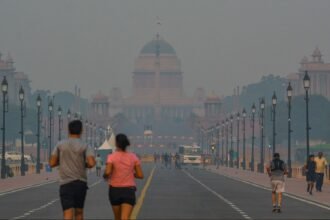GENEVA/KABUL: The United Nations warned that Afghanistan’s post-quake relief is being severely curtailed after de facto authorities reinforced restrictions on female aid workers. At the UN Geneva podium, UNHCR said it closed its encashment and support centres on 9 September as an operational necessity because processes like registration and biometric collection cannot proceed without Afghan female colleagues. Negotiations with authorities are ongoing.
The shutdown comes amid an escalating humanitarian emergency following the 31 Aug–1 Sept earthquake in eastern Afghanistan. UN agencies and independent monitors report over 2,200 deaths, more than 3,600 injured, and 6,700–7,000+ homes damaged or destroyed across Kunar, Nangarhar and Laghman, with hard-to-reach mountain communities still awaiting aid.
Children are bearing the brunt. In a Friday update, UNICEF said at least 1,172 children are among the dead and about 263,000 children are counted among those affected, underscoring the need to deploy female frontline staff to safely reach women and girls.
Funding needs are rising. The UN’s four-month emergency appeal seeks roughly US$139–140 million to assist about 457,000 people in the worst-hit areas, while IOM has launched a US$16.8 million ask for shelter and health support. Agencies warned conditions could deteriorate fast as winter approaches.
The crisis is compounded by mass returns from neighbouring countries. UNHCR said nearly 100,000 Afghans crossed back in the first week of September, with centres typically assisting about 7,000 people per day before closures; authorities’ curbs preventing female UN staff from entering facilities forced the halt. The UN urged the lifting of restrictions so operations can resume.
Zooming out, OCHA’s 2025 plan estimates 22.9 million people—nearly half the population—need humanitarian assistance in Afghanistan, a figure that frames the quake response within a much wider emergency driven by economic collapse, drought and access constraints.















